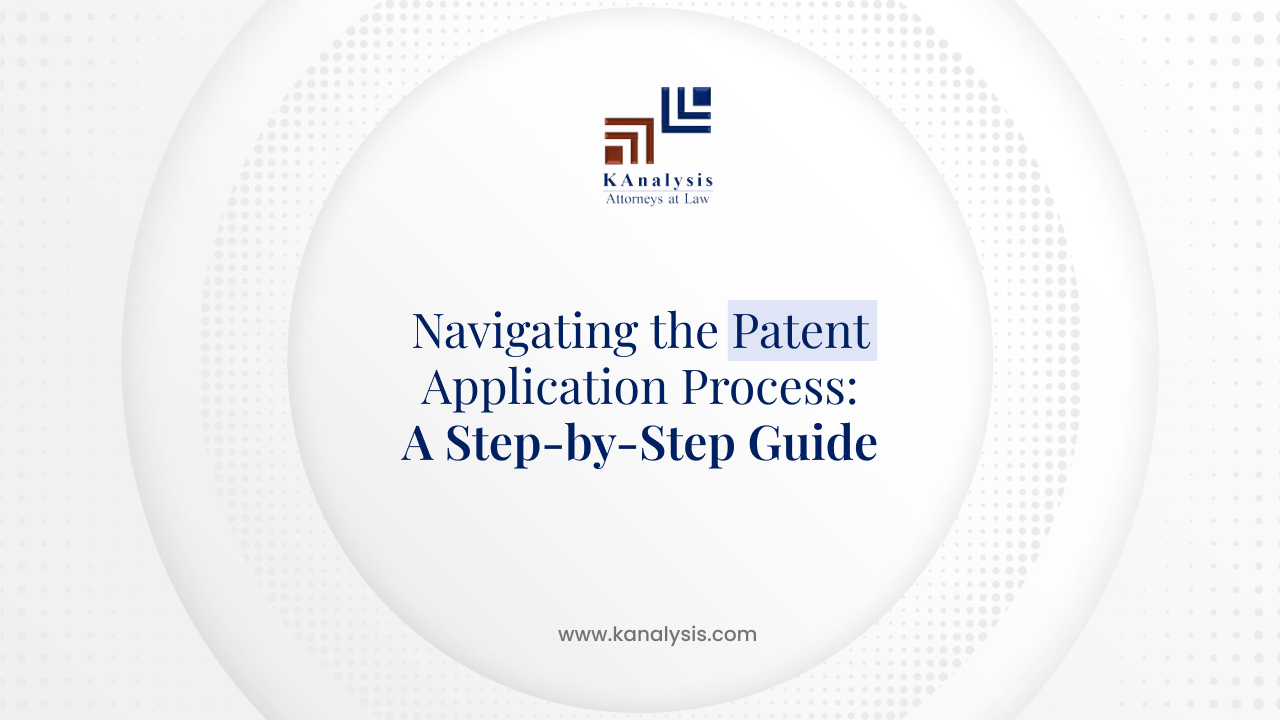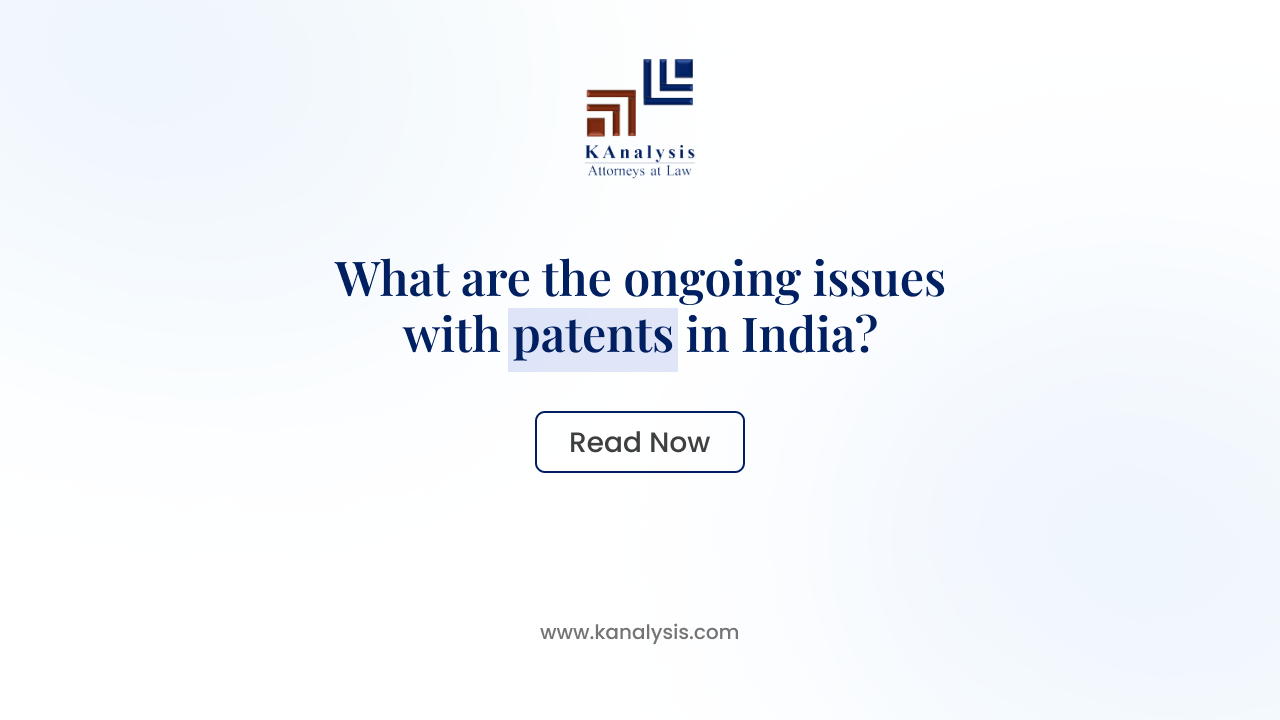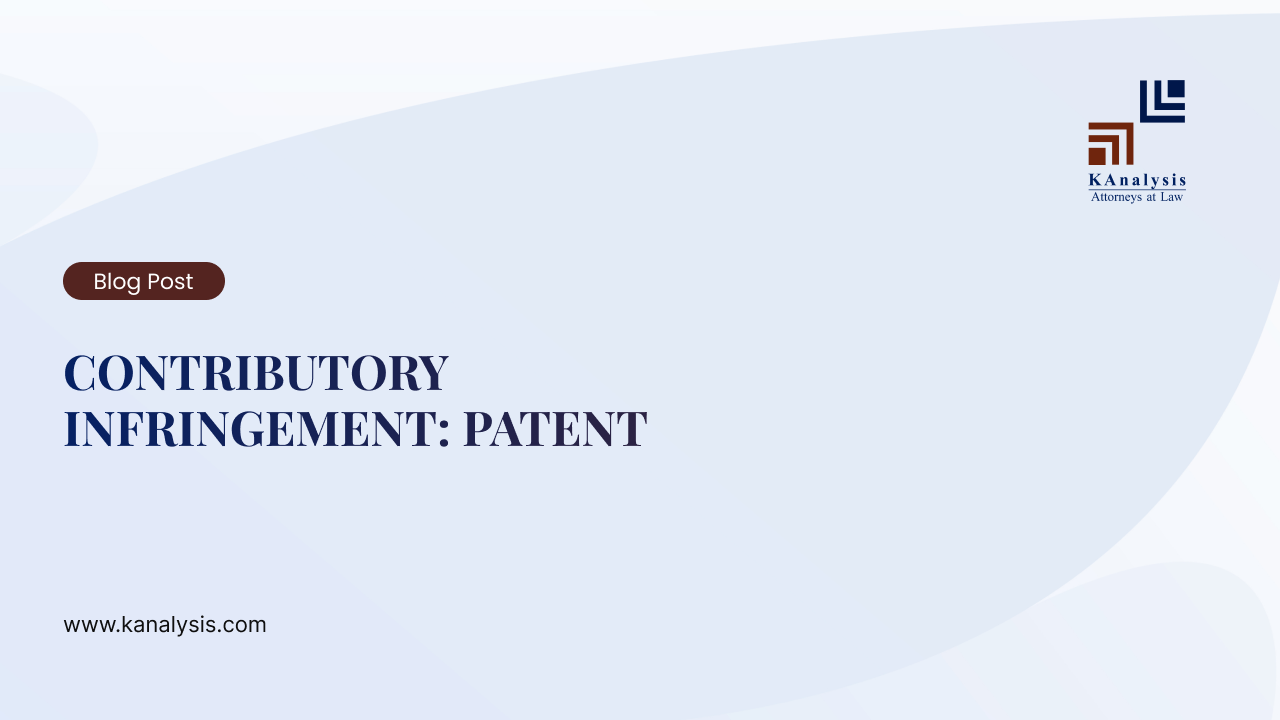The objective of a patent is to provide a right to an inventor(s) to exclude others from exploiting the patented invention. Therefore, apart from the inventor, no other person can use, make or sell the patented invention without permission from the inventor. This is often referred to as the exclusive right of the invention. The inventor/ author can capitalize on this exclusive right and make his patent commercially viable.
Patents give you a much-needed competitive edge in the market. Firstly, it prevents other organizations from copying the invention, thereby lowering the risk of competitors in the market. Besides, if you fail to file a patent, there are chances for other organizations to patent your invention. This, in turn, can cause huge losses and prevent you from generating revenue from years of hard work. Hence, to reap the benefits of your invention, it is essential to patent the invention.
IMPORTANCE OF PATENT FILING
1. Exclusive rights
The foremost advantage of obtaining a patent is that it gives exclusive rights to the inventor. In other words, it keeps the infringers at bay and prevents them from selling, making, or using the invention. Moreover, it also enables the patent owner to tackle such infringers legally.
2. High return on investments
Having invested a considerable amount of time and money in developing the invention under the umbrella of exclusive rights, the inventor could bring the invention to the commercial market and thus obtain higher returns on the investment.
Organizations that dedicate their time and effort in building a strong patent portfolio have a high return on investments and emerge as market leaders in their domains. One such successful example is IBM (International Business Machines Corporation), which obtain patenting of its innovations quite sincerely.
3. Strong market position
Since the inventor has obtained the exclusive right to the invention, the inventor can exercise this right by preventing others from commercially using the patented invention, thereby reducing the competition and thus establishing a place in the commercial market.
4. Sense of ownership
Patents give the inventor the security and confidence to share their invention in public domains. You can share your invention with the scientific community and investors without any fear of losing ownership of your invention.
5. Opportunity to License or Sell the Invention:
Sometimes, the inventor might not want to exploit the invention himself. In such cases, the inventor can sell or license the rights to commercialize it to another enterprise. This would result in bringing royalty and revenue to the inventor.
6. Patents as assets
Patents are intangible assets that improve the value of an organization. It showcases your expertise in the domain and your dedication to the invention. This builds confidence among investors, partners, and consumers in your invention, thus, attracting more funds and revenue for the organization.
7. Source of revenue
Inventors can use patents to establish their businesses. Sometimes, inventors cannot commercialize the invention on a large scale. In such cases, they can permit any third party to manufacture, sell and market the product and avail for a licensing fee. Thus, patents ensure the inventor earns revenue for their efforts.
PATENT FILING IN INDIA
To file a patent in India, the applicant has to fill in the designated branches of the Patent office, depending upon the jurisdiction where the person applying for the patent resides or has a domicile or has the principal office.
The filing of a patent application involves the following steps:
- Patent Searching
- Patent Drafting
- Patent Publication
- Patent Examination and Approval
- Respond to Objections
- Grant of Patent
- Renewal of Patent
PATENT SERACHING
Patent search is a search of the patent database to determine if there are any patent application similar or identical to an invention that is to be patented. Patent search can be done to improve the chances of obtaining a patent registration or to find information about new inventions that have patent protection.
Before filing a patent application, a patent search can help with different objectives like:
- Determining the probability of having a patent granted to a proposed invention.
- Determining the claims to be filed in the patent application.
- Determining the freedom to operate.
- Determining whether a granted patent can be invalidated.
- Knowing more about similar inventions and status of similar patent filings
In order to file a patent application, one must be certain about the essence of patentability. The essence of patentability include:
- Novelty
- Inventiveness
- Utility
PATENT DRAFTING
An applicant must thoroughly and particularly describe the innovation claimed in a complete specification in order to secure a patent. The disclosure of the invention in a comprehensive specification must be such that the invention can be performed by a person versed in the art. This is only conceivable if the applicant fully discloses the invention, including the best method of carrying out the invention.
The Specification is a techno-legal document containing full scientific details of the invention and claims to the patent rights. The Specification, thus, forms a crucial part of the Patent Application. It is mandatory on the part of an applicant to disclose all the features constituting the invention.
The specification may be submitted as either a provisional or a complete specification. The specification (provisional or complete) must be submitted in Form-2 in duplicate, along with the Application in Form-1 along with the other formal documents, and the prescribed fee as specified in the First Schedule of the Patents Act, 1970. The need for adequate disclosure of the invention assures that the public receives knowledge, know-how, and research in exchange for the exclusionary or monopolistic rights granted to the inventor/applicant in a patent application.
A thorough specification must include a description, background, claims, drawings, an abstract, and any sequence listings. All of these requirements come together to make a complete specification. The purpose of fully disclosing the invention in the specification section is for a person versed in the art to be able to perform the invention or, more preferably, for an ordinary person to understand the invention to the greatest extent possible.
The patent specification is designed to convey the full disclosure, particularly including the best method of performing the invention.
Contents of Specification: Section 10 of the Patents Act, 1970, clearly defines the various contents of specification:
- Title of the patent invention
- Background of the invention
- Summary of the invention/ Object of the Invention
- Explanation if any of the patent drawings
- Description of the invention
- Patent Claims
- Patent Abstract of the disclosure
- Sequence listing if any
PATENT PUBLICATION
After drafting the specification, the application is published after 18 months from the date of filing. There is no need for the applicant to file a separate form for the publication of a patent. In order to expedite the earlier publishing process, the applicant can file a request for early publication along with the prescribed fee in the first schedule of the Patent Act, 1970. The request for an early publication is made by filing Form 9. In this case, the patent application is published within 1-2 months from the request of early publication.
PATENT EXAMINATION AND APPROVAL
The examination process begins with the submission of a request for examination. This is not an automatic procedure, unlike publication. The controller transfers the patent application to the patent examiner only after receiving the Request for Examination (RFE). The request for inspection must be made within 48 months from the priority date or filing date, whichever is later.
The patent examiner reviews the patent application and writes the examination report based on numerous patentability factors such as:
- Patentable Subject matter.
- Novelty
- Inventive step.
- industrial application; and
- Specification Enablement
Following examination, the Patent Office issues an examination report to the applicant, which is commonly referred to as the First Examination Report (FER). The applicant must comply with the raised objections within 6 months of the FER date, which can be extended by 3 months.
If the application is considered to be in order for grant, the patent is awarded, assuming no pre-grant opposition has been lodged or is underway. The applicant receives a certificate for the grant of the patent. However, if a pre-grant objection is pending, further action is conducted once the pre-grant opposition is resolved.
RESPOND TO OBJECTIONS
The submission of a patent application with the Indian Patent Office is the first step in any patent prosecution. Following filing, the office verifies the documents to ensure that all requirements have been met. The application is then sent for a technical review to determine whether the invention meets the three basic standards of patentability: novelty, inventive step, and industrial applicability. During this stage of the test, an examiner with competence in the specific technical domain carefully examines the application. If the examiner has any objections to the patentability or formal requirements of the application, he or she puts those concerns into an examination report and delivers it to the applicants or their agents, who must respond within stipulated time.
Issuance of Examination Report
If the examiner determines that the invention lacks novelty or inventiveness in relation to previous art, or that it comes within the category of “non-patentable innovations,” he/she includes such objections in an examination report and sends it to the applicant or their legal representatives. To advance with the process, the applicant must overcome all of the objections raised in the report within the time frame specified. If the applicant does not provide his or her response within the time frame specified, the application is abandoned.
Response to the Examination Report
It is crucial to note that an applicant may decide to change or modify the specification, claims, or drawings at any moment. Such changes, however, should be within the scope of the original application, and the addition of any new subject matter should be avoided at all costs. After receiving the response, the examiner analyses all of the arguments or amendments supplied by the applicant and moves on to the next step.
Subsequent Examination Reports
If the examiner is pleased with the response or amendments, he or she will issue the applicant a patent certificate. However, if the examiner is dissatisfied with the applicant’s response to the examination report, he or she may issue a second examination report or a hearing notice to settle the issue. The applicant have to comply with the second examination report or attend the hearing before the examiner and file a hearing submission within the time frame specified.
GRANT OF PATENT
A patent is granted when the Controller of Patents causes the patent to be sealed with the seal of the Patent Office. For a standard patent, this will occur within six months of the date of publication in the Official Journal of the notice of acceptance of the application, unless the application is opposed. The term of a patent is 20 years.
As per Section 47 of the Patent Act, 1970, the grant of the patent is subjected to certain conditions listed as:
- the patent granted for any machine, apparatus, article or any article made by using a process, can be imported or made by the government or on its behalf solely for its own use;
- a patent granted for any process can be used by the Government or on its behalf for its own use;
- a patent granted for any machine, apparatus, article or any article made by using a process or where a patent is granted for any process, can be made or used by any person, for research or experiment purpose which also includes conveying instructions to students;
- where a patent is granted for any medicine or drug, the Government can import such drug or medicine solely for its own use or distribution in Government-supported dispensaries, hospitals, and other medical institutions and also those rendering public service.
PATENT RENEWAL
When a patent for an invention is issued in India, the next critical step is to guarantee that it is renewed on a regular and continuous basis as per the Indian Patents Act, Section 53, Rule 80. This can be accomplished by paying Patent Renewal Fees on time for the whole length of the patent, which is 20 years.
For first two years, there is no renewal fee. The renewal fee is payable from 3rd year onwards. In case the renewal fee is not paid the patent will be ceased. The patentee has choice to pay the renewal fees every year or he can pay in lump sum as well.
A request for restoration of patent can be filed within 18 months from the date of cessation of patent along with the prescribed fee. After receipt of the request the matter is notified in the official journal for further processing of the request.
CONCLUSION
It is critical for a person to have an understanding of the commercial objectives of the invention. Understanding these objectives will determine how the specification is drafted, and especially the claims. For example, understanding whether the claims should be directed to the apparatus, the method, the use of it in certain circumstances, or a kit of parts, a system, a composition of matter, or combinations of these.
Thus, to effectively draft a specification that cover all the aspects of the invention, a patent attorney should be hired. A patent attorney is a person who is qualified to represent someone in patent matters before the patent office. Patent attorneys are usually required to have a technical background in a particular field of technology, in addition to a law degree.
There are many reasons why companies should consider having their patent applications drafted through a patent attorney. In India, for Indian companies, start-ups in India who plan to launch products and services in multiple countries, R&D organisations from various sectors, individual inventors, and entrepreneurs, some of the reasons to work with a Patent Attorney are as follows:
- Patent attorneys have the necessary technical and legal expertise to prepare and file patent applications. They are also familiar with the procedures and practices of the patent office, which can save time and money.
- Patent attorneys can conduct a prior art search to determine whether the invention is novel and inventive. They can also provide advice on the patentability of the invention.
- Patent attorneys can help to draft the claims of the patent application, which define the scope of the invention.
- Patent attorneys can represent the applicant in communication with the patent office and in patent office proceedings, such as hearings and interviews.
- Patent attorneys can provide advice on infringement and validity issues and can represent the applicant in infringement and validity proceedings.
- Patent attorneys can provide advice on licensing and commercialization of patents.
Subscribe to our monthly newsletter here and read all our blogs here




